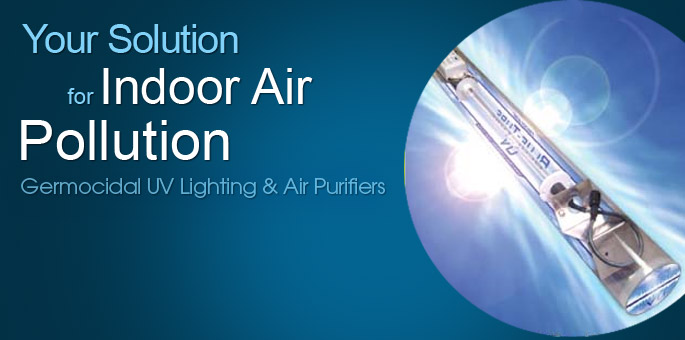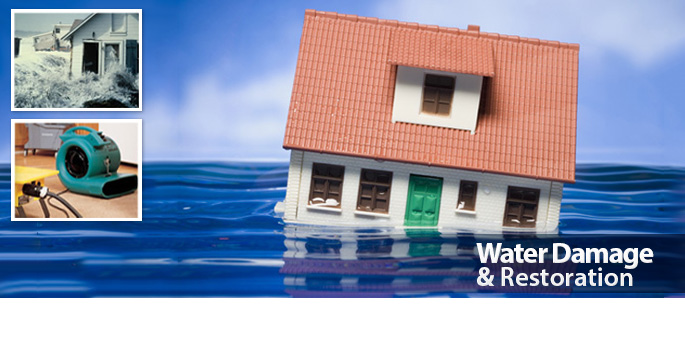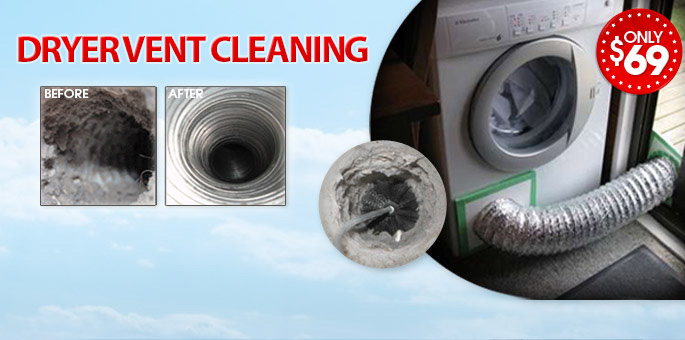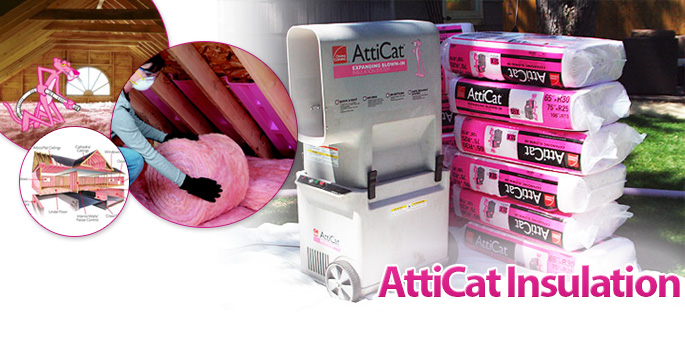Residents of South Florida have a bigger challenge than people in many other areas of the country when it comes to the cost of cooling a home in summer. The very high levels of humidity combined with the high temperatures which occur in South Florida mean higher costs for running A/C systems in the region. While this is a fact which can not be changed, there are ways of improving the efficiency of a cooling system and some tips for operating Palm Beach air conditioners, which can help keep costs down as well as making the cooling system work more effectively.
An air conditioner works by removing moisture from the air as well as cooling the air. When there is more humidity in the air, the machine must work harder in eliminating that moisture. This means more electricity usage and higher power bills. An A/C being operated in a humid area like South Florida can easily take twice the power of the same system running in an arid environment. When the humidity of the cooled air is high, it does not feel as cool as air that is not humid.
A technology first patented in 1962 is helping with this problem and leading to cooler and more comfortable buildings in areas with high humidity. The technology is known as a heat pipes, or dehumidifying pipes, and it is a system that can be retrofitted to an existing heat pump or central air conditioning system, or installed as part of a new air conditioning unit that has the dehumidifying pipes built in.
Dehumidifying pipes are basically a pre-cooling system that treats the air before it reaches the evaporative coils of the central A/C system. It is a passive, closed system that does not require any power itself, but it does need an extra fan for circulating air over the dehumidifying pipes; however, the air cooled with dehumidifying pipes will feel better at a slightly higher temperature meaning that the thermostat can be set higher and the overall cost of running the unit will not increase.
A dehumidifying pipe consists of a pipe filled with a refrigerant with a low boiling temperature. As hot air moves past the pipe it transfers heat to the coolant which boils and rises. At the other end of the system the coolant reaches a condensing area and releases the heat to the outside. After this process the refrigerant then cools off and moves back down the pipe and the process starts over.
Moisture is also removed with the heat and the central air conditioning system then has less work to do in cooling the air. The air that is delivered to the rooms is cooler and less humid resulting in a more comfortable environment. A dehumidifying pipe can remove up to 91 percent more moisture from the air than a system without one.
Another way of getting more cooling efficiency out of an A/C system in a humid region is to run the system to pre-cool the house in the morning when outside temperatures are low. If the house is well insulated it will be able to retain this cool air as the day gets hotter and the A/C system can be kept at a lower temperature. By using this method your A/C may be turned off during the peak of the heat of the day so that you may save, as well as conserve on your energy and costs.
Newer air conditioning systems with higher SEER energy efficiency ratings cost less to operate. If a cooling system is old and has a low SEER rating, upgrading the system to one that also includes dehumidifying pipes might be the most economical solution for keeping the indoor environment cool, dry, and comfortable.












